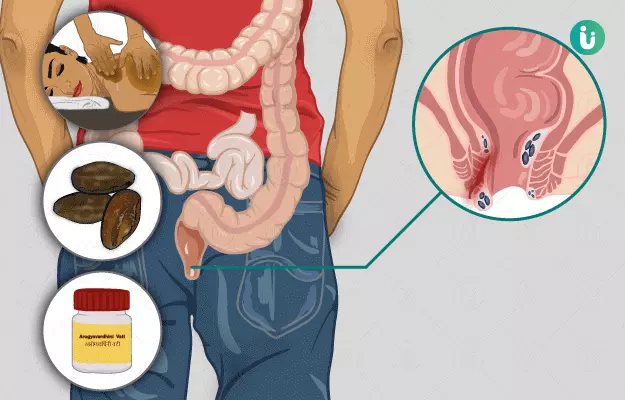Fistula-in-ano is a condition, in which, abscesses form near the rectum or anus and become infected and filled with pus. About 90% of the people with fistula experience boils due to severe infection in the internal tissues of the anus. According to Ayurveda, a fistula is termed as bhagandar, with symptoms such as severe pain in the bhag (perineum), basti (pelvis) and guda (anal canal). A pidika or boil around the perianal region bursts and becomes a pus-discharging tract, which further leads to bhagandar, if not treated on time.
Bhagandar is a madhyama rogamarga disease (a disease caused in the internal and medial pathways of the body) and is mentioned under the group of ashta mahagada (eight incurable diseases) in Ayurveda. It is said to be a disease that is difficult to cure. Ksharasutra (Ayurvedic cutting seton) is a recommended and successful Ayurvedic therapy that has been extensively used for fistula treatment. Aragvadha (golden shower), haritaki (chebulic myrobalan), and triphala (a combination of amalaki [Indian gooseberry], vibhitaki [belleric myrobalan], and haritaki) are some of the herbs used to treat fistula in Ayurveda. Various herbal formulations including arogyavardhini vati, triphala guggulu and abhayarishta are also used along with herbs to improve overall health and heal the abscesses. Including fruits and vegetables in daily meals and making lifestyle changes by avoiding excess physical activities such as walking, playing outdoor games, etc., helps manage a fistula better.








































